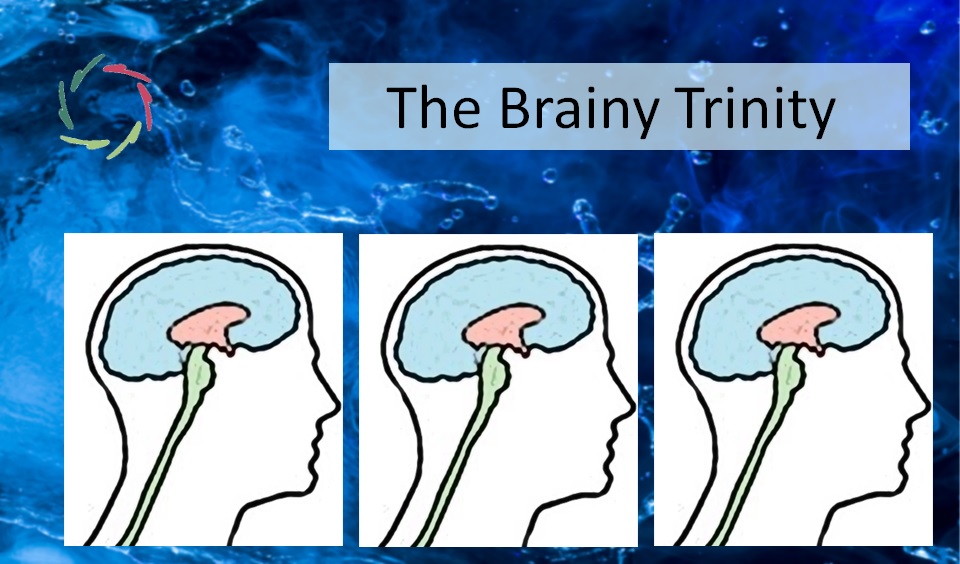Be(com)ing Positive

It happens: people who see themselves as ‘positive’ but who are such only in a superficial layer, like thin ice over a pool.
Being positive is not saying ‘yes’ to anything
and then again, it is.
But not thoughtless, not feeling-less. One can say ‘yes’ in many ways. It can mean “I see you”, “I understand you”, “I listen to you.” Listening is a way of being positive. [see: “Listening to Silence”]
One can also say ‘no’ in many ways. The most pernicious one of them being “I do not want to listen to you.” Indeed, one may not want to listen because one may not want to change. Except in the icy part. And even there, it’s not easy.
Being positive is taking the challenge to be able to change.
This is: change from inside. Not some change at the outside with the explicit intention to keep the inside ‘business as usual.’
Not a change of keeping up appearances. [see: “Do Not Change”]
Real change is a process of inner growth. Look at a plant. It can grow. It cannot un-grow. Inner growth is a challenge. You don’t go back.
Being positive is taking this challenge.
That’s OK. Don’t break the ice. Don’t make it stronger. When comes spring?
Spring comes when one becomes more and more positive.
The big question is: “How?”
The big answer is: “Meditation.” I mean this in the broadest sense. On a cushion if you like, but it’s not that concrete cushion that makes the meditation. It’s you.
Off the cushion? Sure. It can be anywhere. As long as you give deep attention. As long as for instance you see more than icy layers in people. People are always more than that. There’s always a lot to be positive about.
That includes you.
Looking this way, you become more positive. Sure, now you can say:
“There’s also always a lot to be negative about.”
True. The positive stance is not to push the negative away. It just doesn’t go away by pushing.
The really positive stance is to look at the negative itself as the pool. There’s an icy layer on it. By staring only at this, you don’t see the pool.
What is the ‘raison d’être’ of the negative? How can you invite it to change?
Do you even (still) want to invite it? Even acknowledging that you don’t want to, can be positive because this way, you won’t spend a tremendous lot of energy (anymore) in trying to accomplish something that you yourself are inhibiting at the same time. You avoid burnout. You avoid making the other person guilty for your burnout.
And then maybe the ice will melt by itself, at its own pace.
And then maybe you see your own ice melting too, bit by bit.
There are many ways to be(come) positive.


